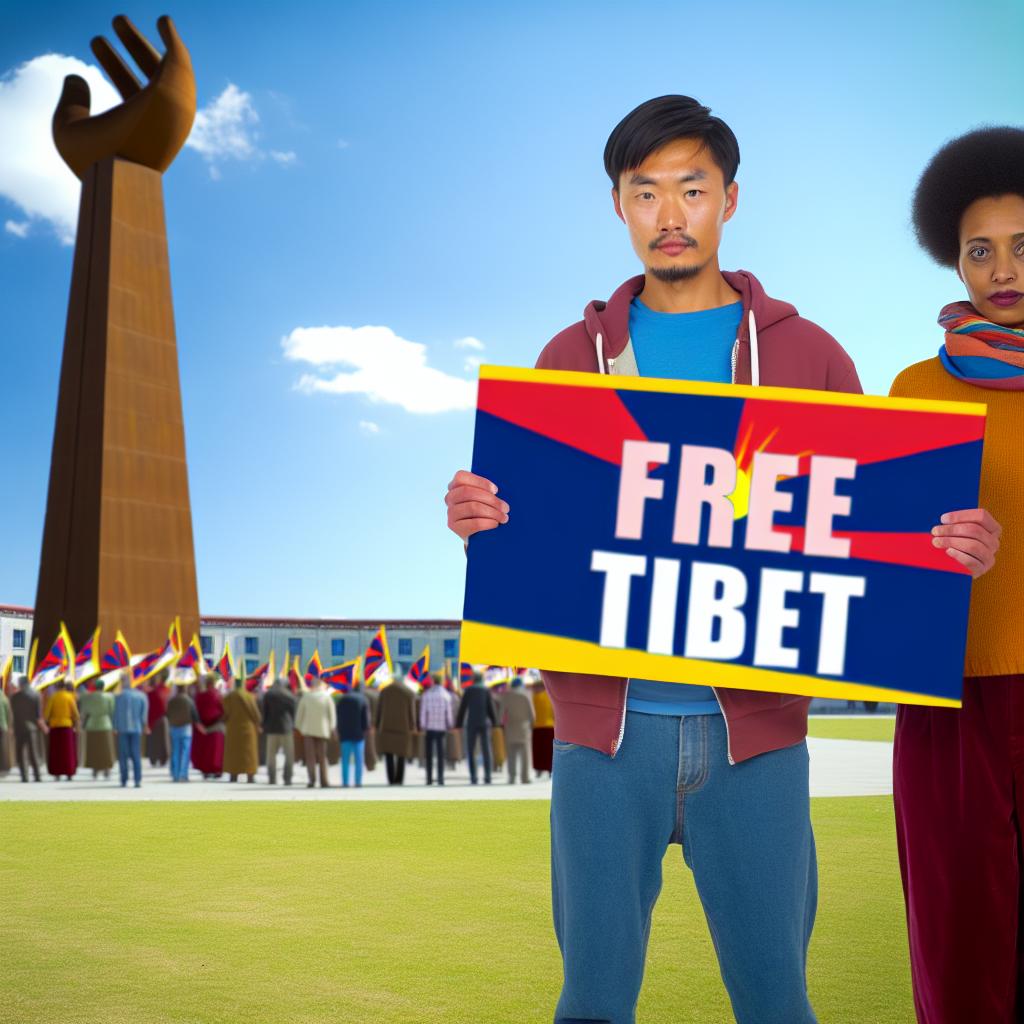Introduction to the Free Tibet Movement
The Free Tibet movement represents a significant and enduring global campaign advocating for the autonomy and human rights of the Tibetan people. The roots of this movement trace back to the mid-20th century, specifically in response to the annexation of Tibet by the People’s Republic of China during the 1950s. Since this pivotal period, numerous organizations and activists worldwide have collaborated, amplifying calls for Tibet’s right to self-determination and the preservation of its unique cultural and religious heritage.
Historical Context
The historical tensions between Tibet and China have spanned several centuries, often characterized by conflict and contested sovereignty. In modern history, however, a decisive moment came in 1959 when the Dalai Lama, the spiritual leader of Tibet, was compelled to flee to India following an unsuccessful uprising against Chinese rule. This event not only marked a significant turning point in Tibetan history but also served as a catalyst, drawing international attention to the issue. Consequently, diverse groups advocating either for independence or greater autonomy for Tibet began to emerge, solidifying the global support seen today.
Key Objectives
The Free Tibet movement is centered around several core objectives, each aimed at different aspects of Tibetan autonomy and preservation:
1. Human Rights Advocacy: One of the crucial roles of the Free Tibet movement is highlighting alleged human rights violations occurring in Tibet. Reports of systemic discrimination, policies of cultural assimilation, and stringent restrictions on religious freedom have been brought to the fore by activists who tirelessly advocate for the rights of the Tibetan people.
2. Cultural Preservation: Advocacy efforts also focus intensely on preserving the rich cultural tapestry of Tibet, including its language, traditions, and religious practices. In the face of assimilation pressures, these efforts are vital in ensuring that Tibetan cultural identity remains robust and resilient.
3. Political Autonomy: Another primary goal of the Free Tibet movement is the pursuit of political autonomy. This involves campaigning for the recognition of Tibet’s right to self-govern and urging for negotiations that accurately reflect the political aspirations and will of the Tibetan populace at large.
International Engagement
Engagement on an international scale is a cornerstone of the Free Tibet movement. It encompasses interactions with global entities and governments to garner support for their cause. Activists within the movement have succeeded in capturing the attention of various political figures and organizations, including the United Nations. Their advocacy efforts push for constructive dialogues with the Chinese government, aiming to address the grievances of the Tibetan people and work towards a peaceful resolution.
Role of Non-Governmental Organizations (NGOs)
Non-Governmental Organizations (NGOs) play a pivotal role in the Free Tibet movement, each contributing uniquely to advocacy and awareness. These organizations are heavily involved in activities like lobbying, educational campaigns, and organizing demonstrations. They provide vital platforms for Tibetan voices, aiding in the promotion of campaigns designed to mobilize global support and amplify awareness about the situation in Tibet.
Challenges Faced
Despite its widespread reach and influence, the Free Tibet movement contends with significant challenges. Foremost among these are the geopolitical sensitivities entwined with the issue. Discussions surrounding Tibet’s independence or autonomy have the potential to influence diplomatic relations between nations, particularly those maintaining substantial economic ties with China. Moreover, acquiring accurate information from within Tibet itself presents substantial difficulties, owing to stringent restrictions and controls imposed by Chinese authorities. This restricted access often complicates efforts to construct an accurate picture of the conditions within Tibet and to advocate effectively for change.
Conclusion
Despite facing numerous obstacles, the Free Tibet movement persists as an essential voice in the global dialogue advocating for human rights and self-determination. The movement’s ongoing efforts are critical in raising awareness about the Tibetan cause and striving towards resolving the conflict in a manner that reflects and respects the rights and desires of the Tibetan people.
For individuals interested in learning more or becoming actively involved, a myriad of resources is available via the internet. Organizations like the Save Tibet and the Free Tibet Campaign offer comprehensive updates on the Tibetan cause and practical actions individuals can take to support the movement. Through continued collective efforts and global solidarity, the aspirations of the Tibetan people for autonomy and cultural preservation can continue to gain momentum and recognition on the world stage.

